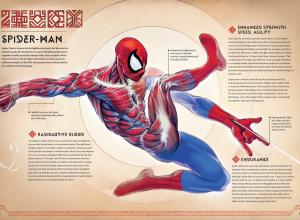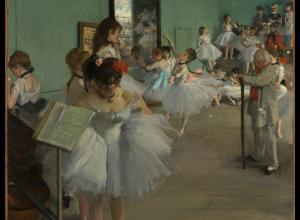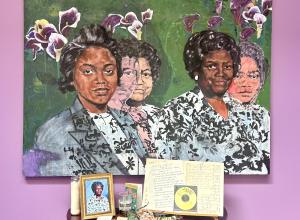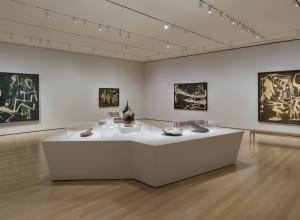Shining a light on Sargent’s time in Paris, the museum revels in his youthful desire for success and visual curiosity to portray people and places. The earliest work in the show is a black chalk drawing of a free-standing figurative sculpture in contrapposto, titled The Dancing Faun, after the Antique (1873-74). It was made when the artist was just 18 years old and is a life-like grisaille representation of the mythical satyr.
It’s not until 1878, with an oil painting titled Head of a Male Model, that we start to see the familiar brushstrokes that set Sargent apart from his peers. A handsome, mustachioed male stares out of the surface of the canvas, a tuft of black hair, black shirt, and swath of fabric placed over his shoulders.
The same model was used in a work titled Man Wearing Laurels (1874-1880) and yet again (the same or very similar) in Young Man in Reverie (1876). Due to the way some of the dates are written, either they are not fully known or they’re paintings that Sargent went back to over time. Walking through the exhibition, the curators make us privy to the artist’s inquiry into developing a style that eventually included lush brushstrokes, deep contrasting colors (light and shadow), and evidence of a deep appreciation and understanding of paint as a medium.




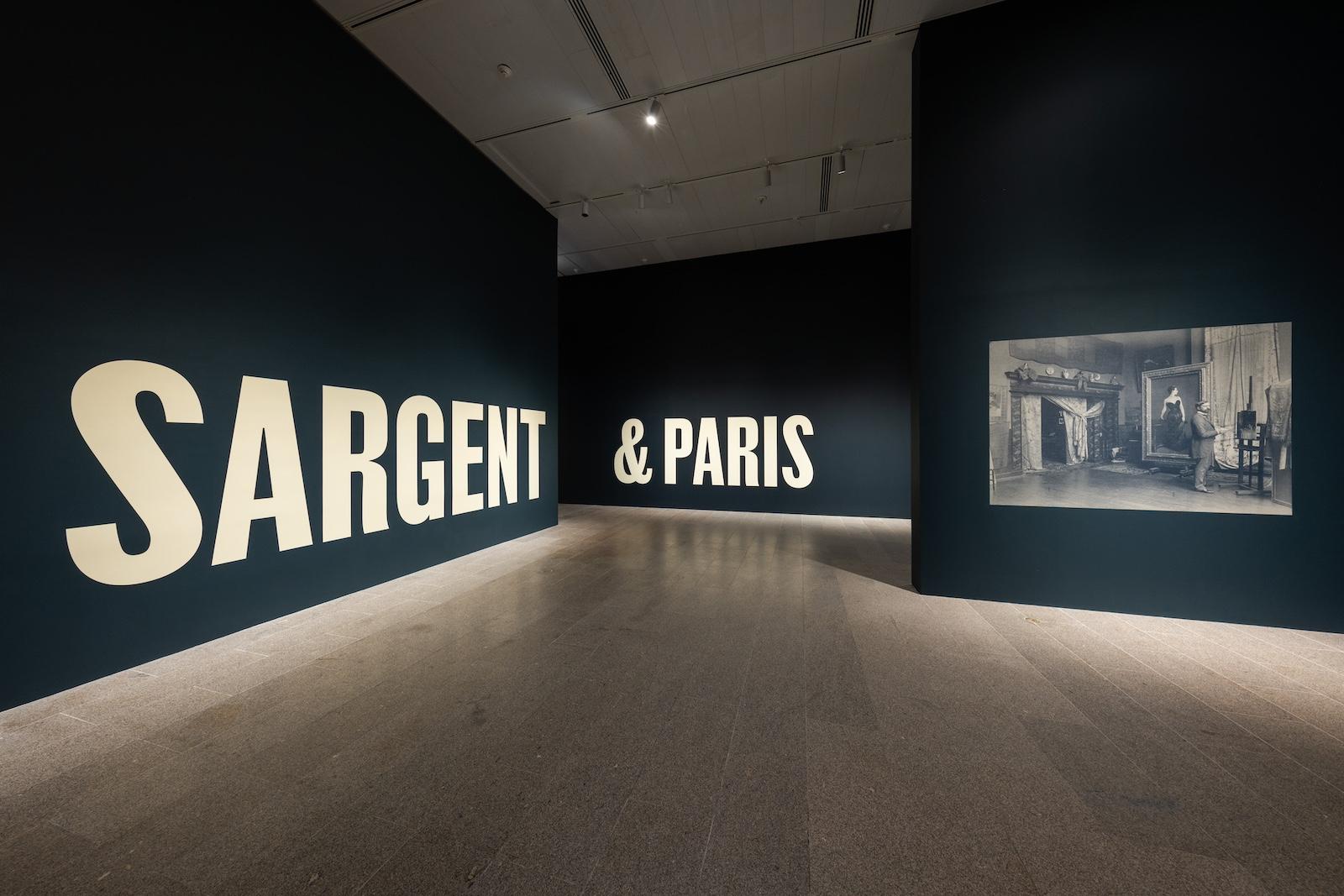
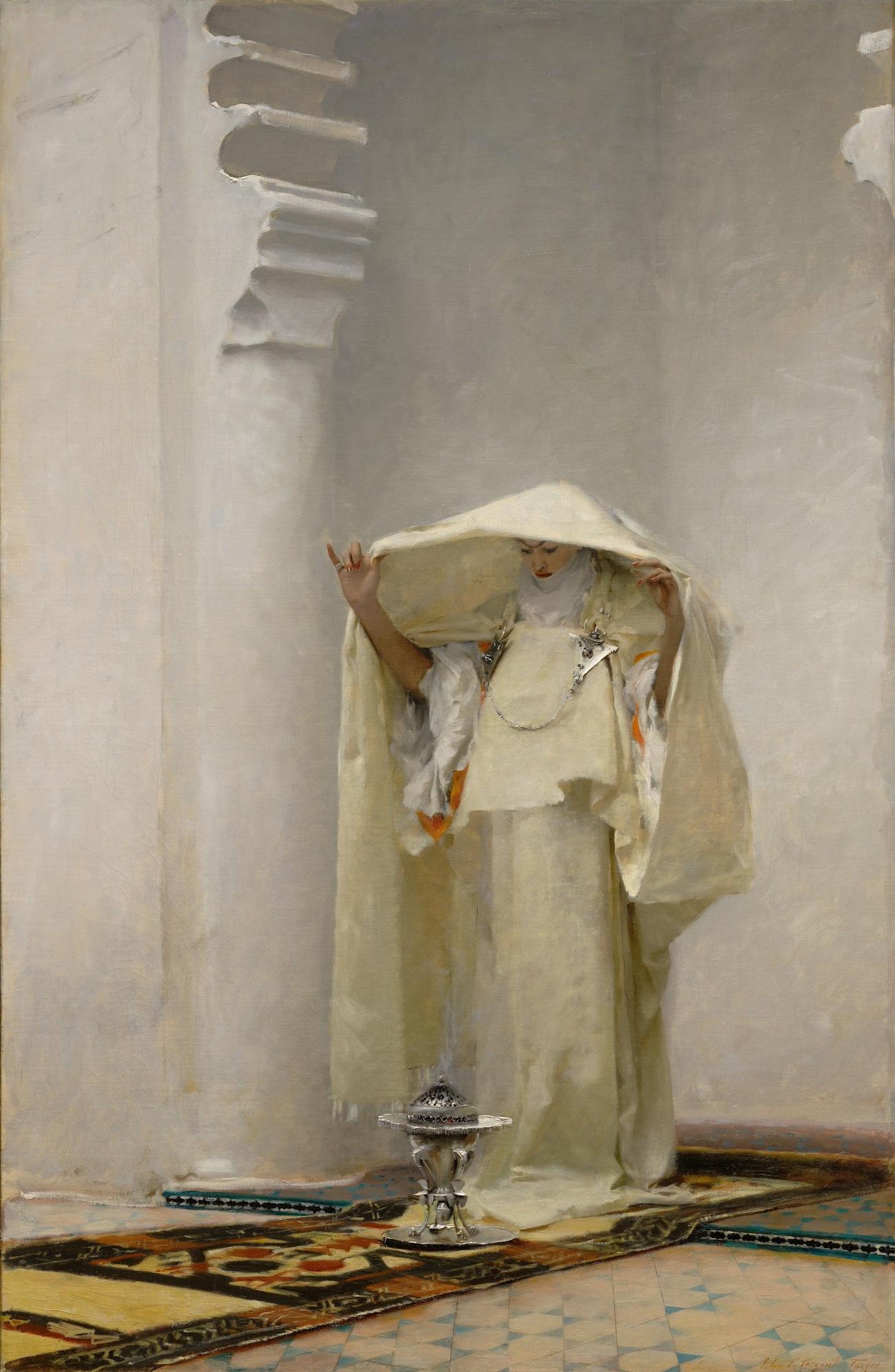
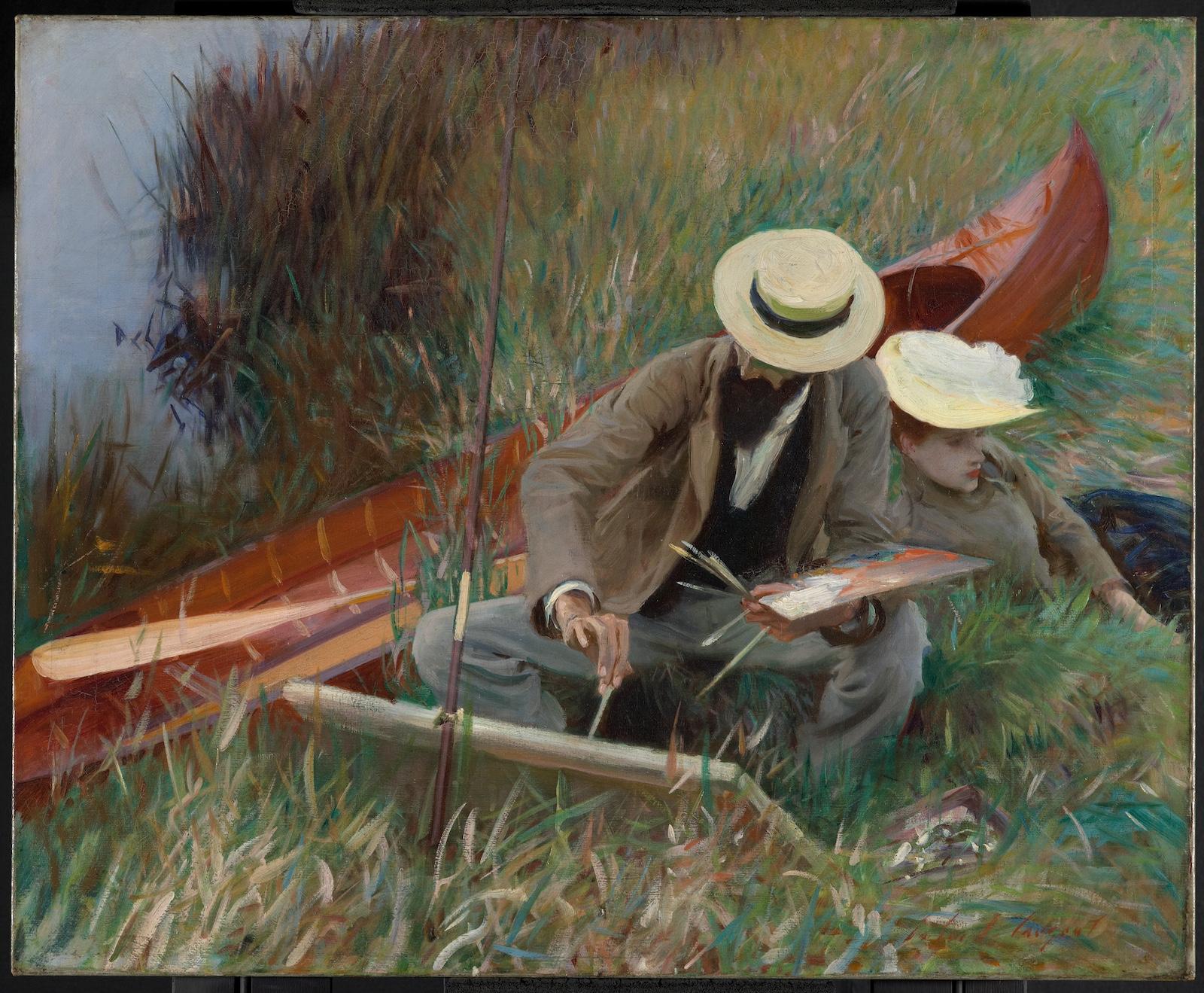
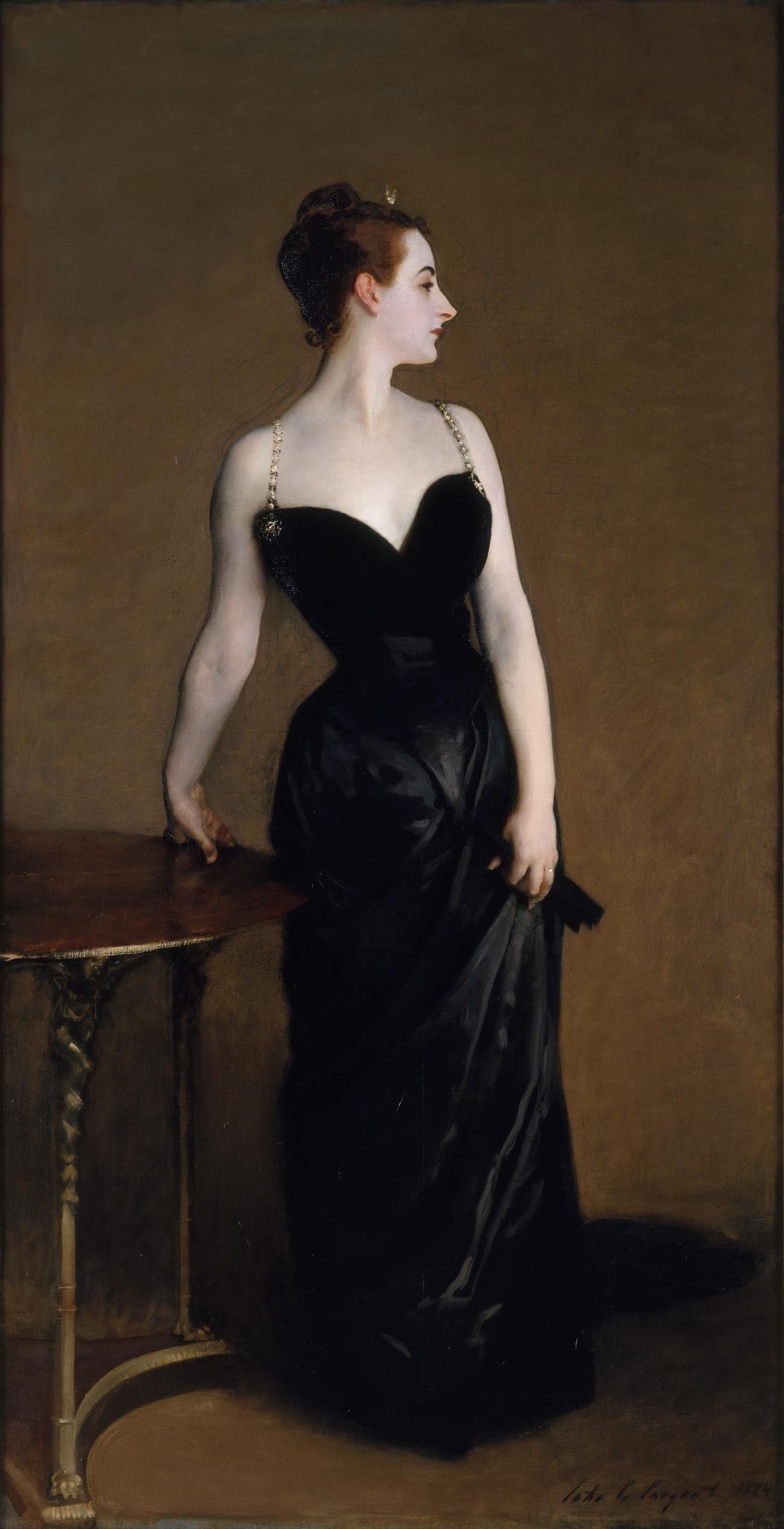
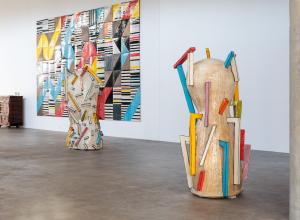

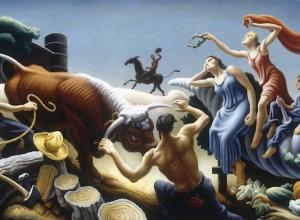
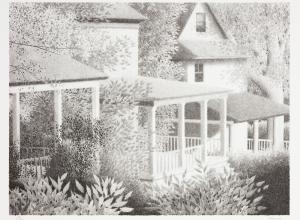




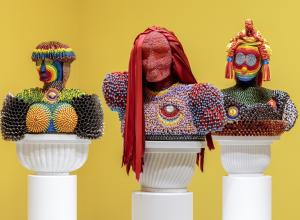
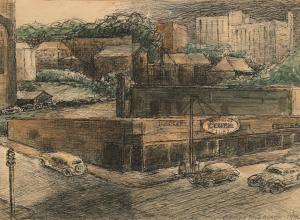


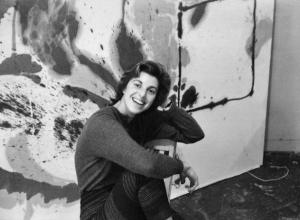


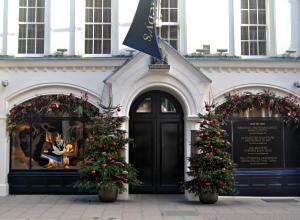


![DEl Kathryn Barton [Australian b. 1972] the more than human love , 2025 Acrylic on French linen 78 3/4 x 137 3/4 inches 200 x 350 cm Framed dimensions: 79 7/8 x 139 inches 203 x 353 cm](/sites/default/files/styles/image_5_column/public/ab15211bartonthe-more-human-lovelg.jpg?itok=wW_Qrve3)
